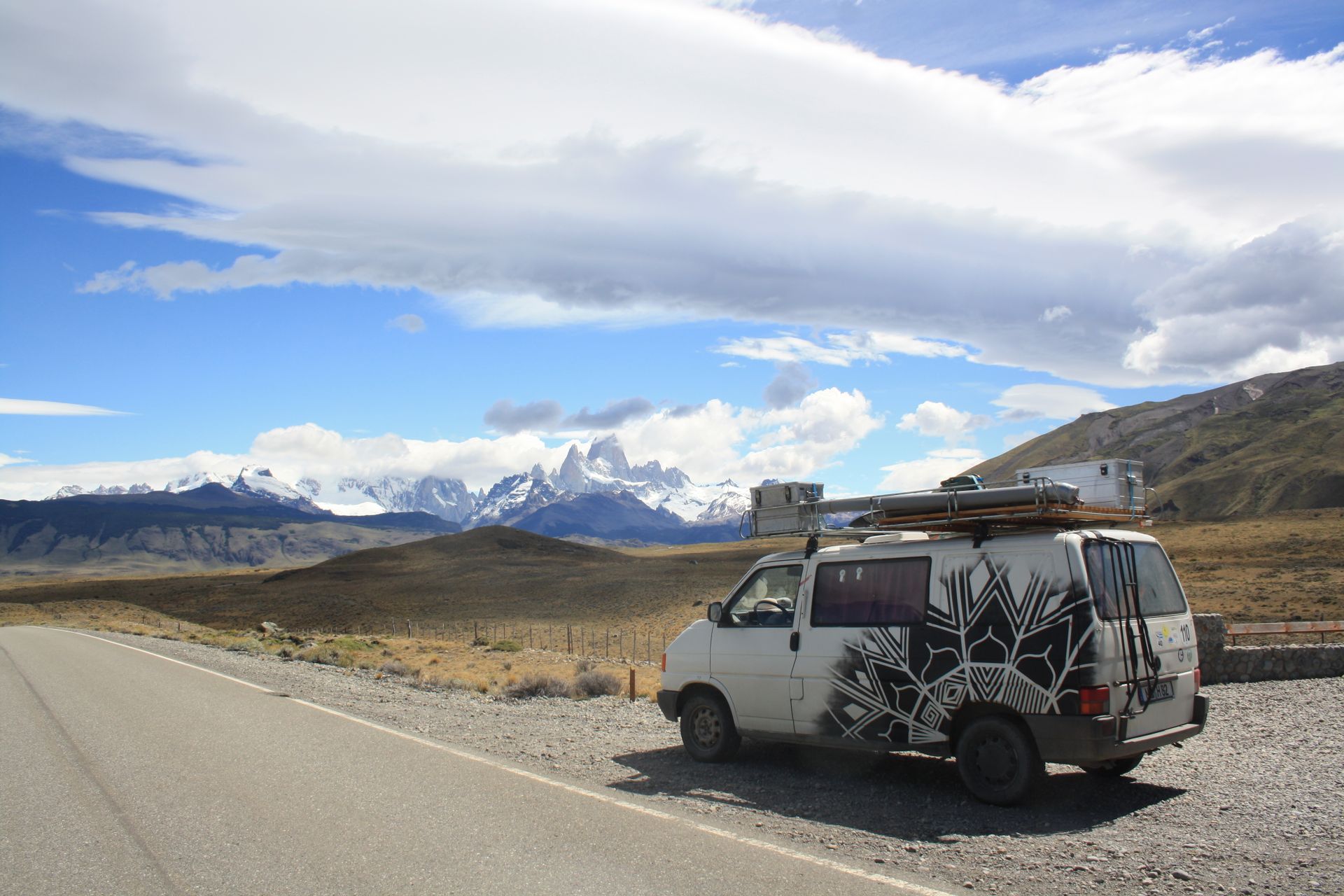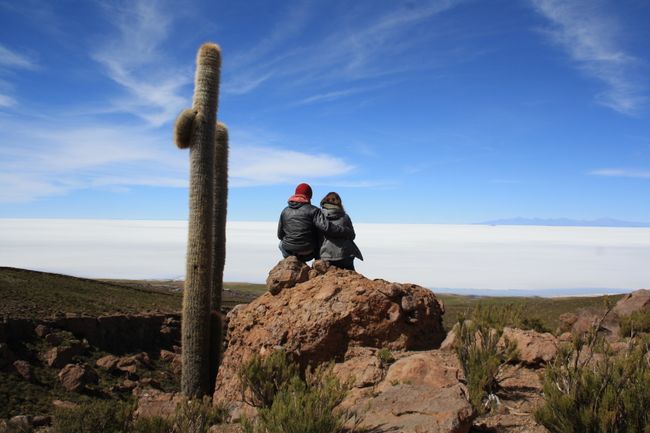Machu Picchu
Nəşr edilmişdir: 03.07.2019
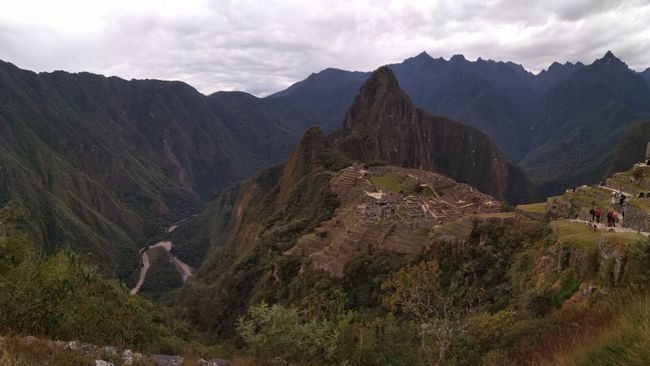
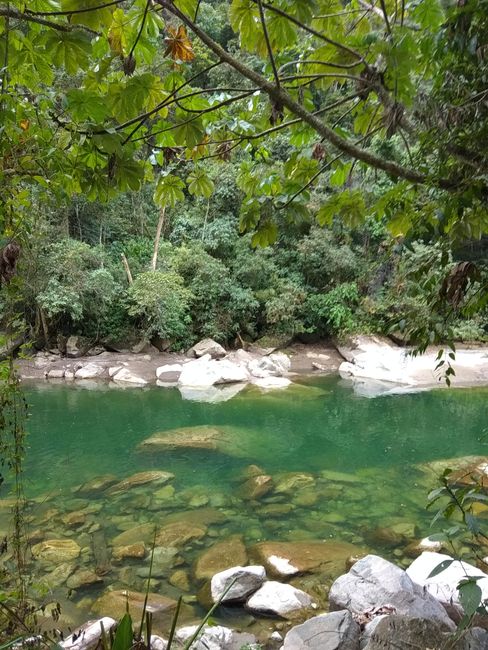
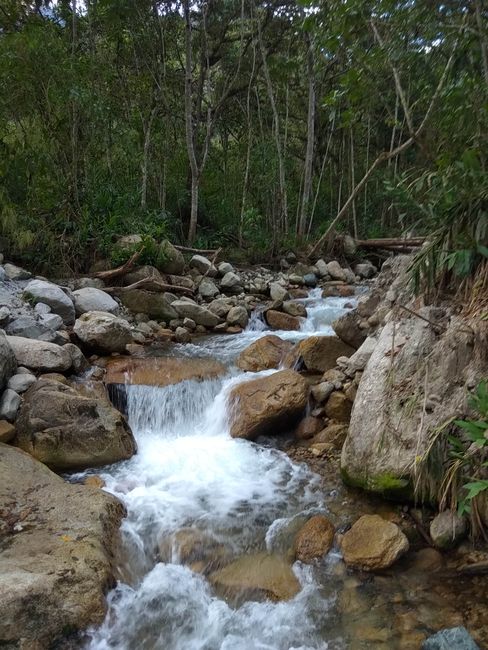
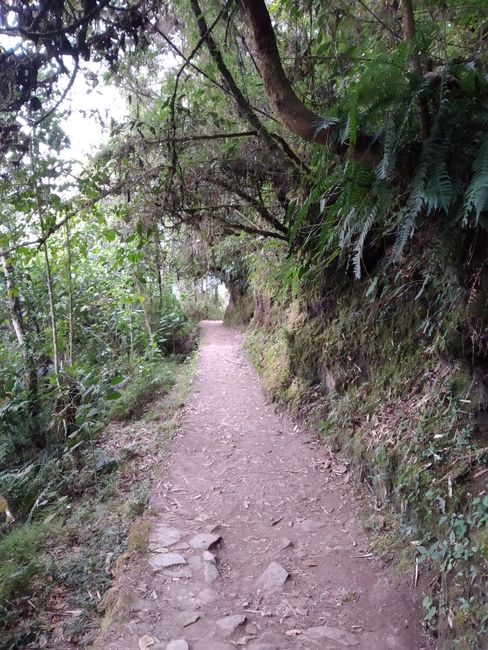
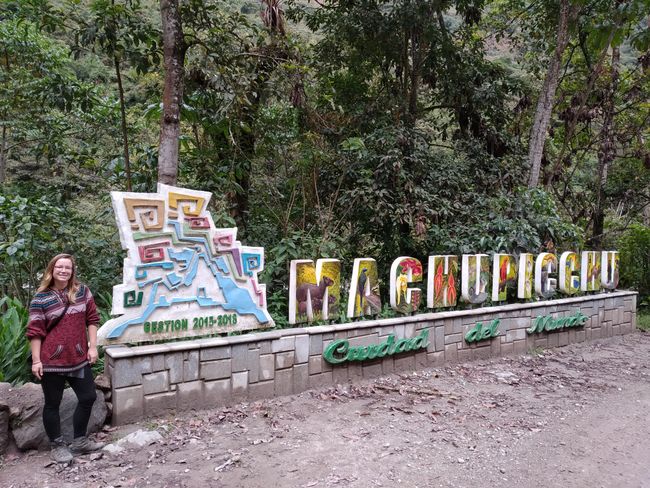
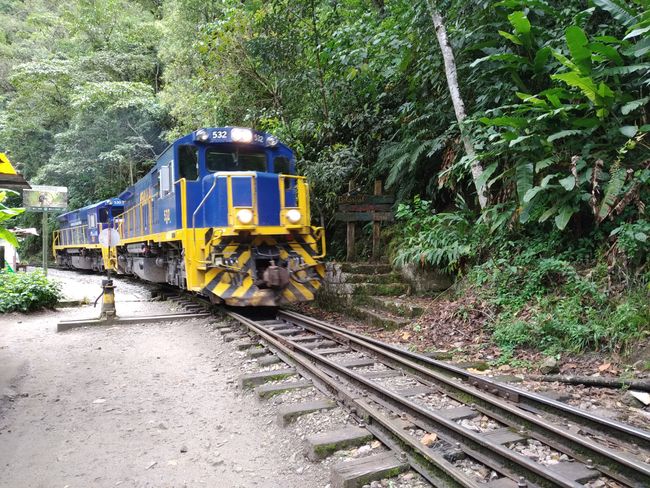
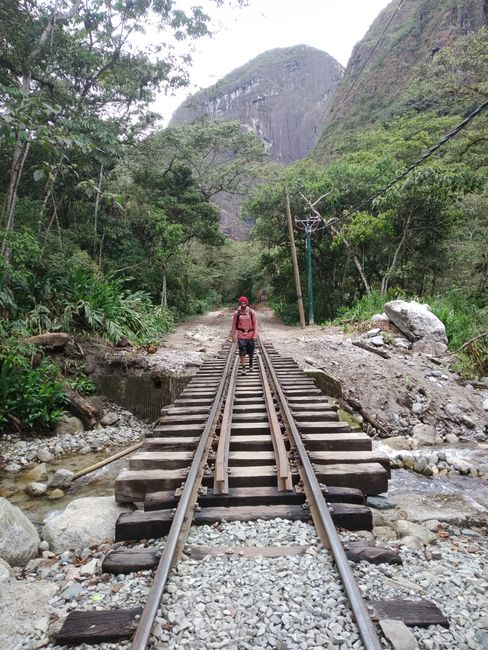
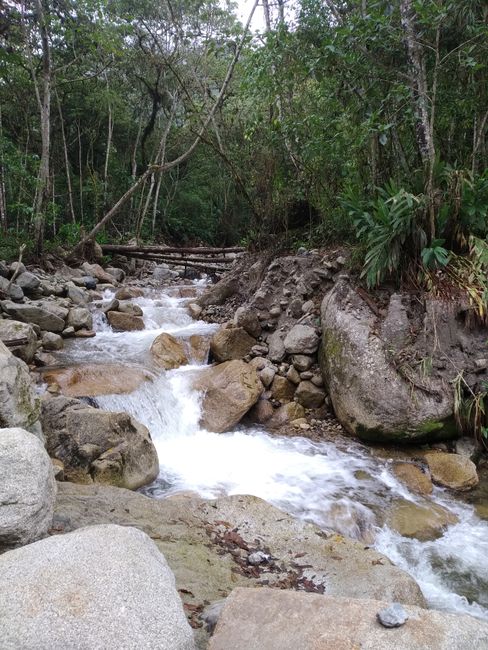
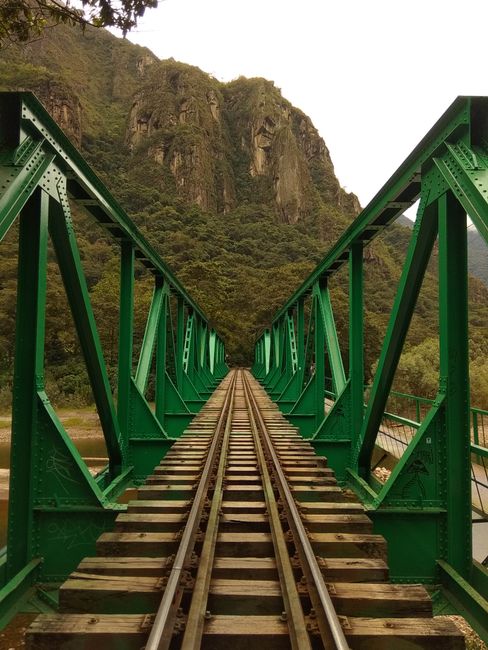
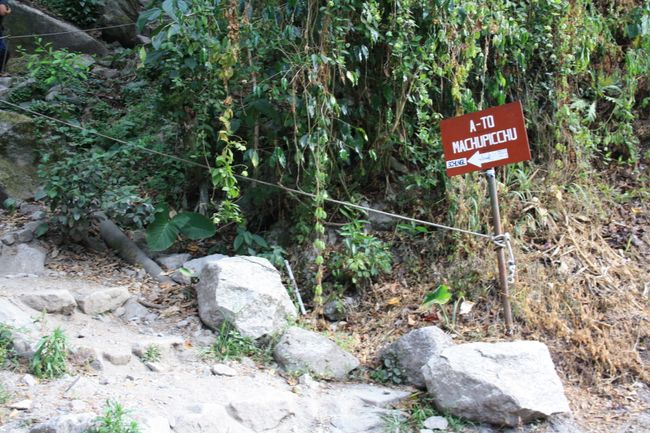
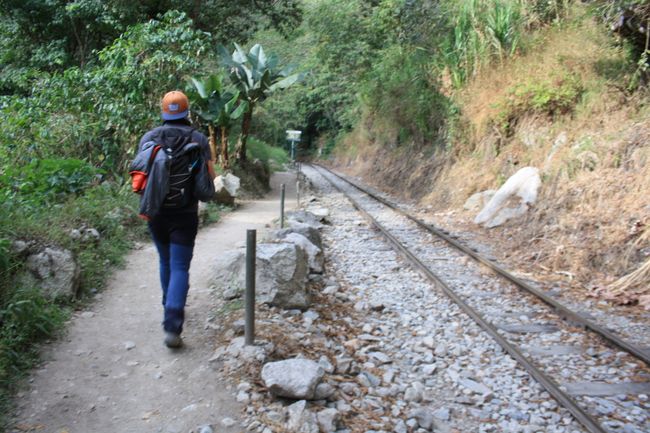
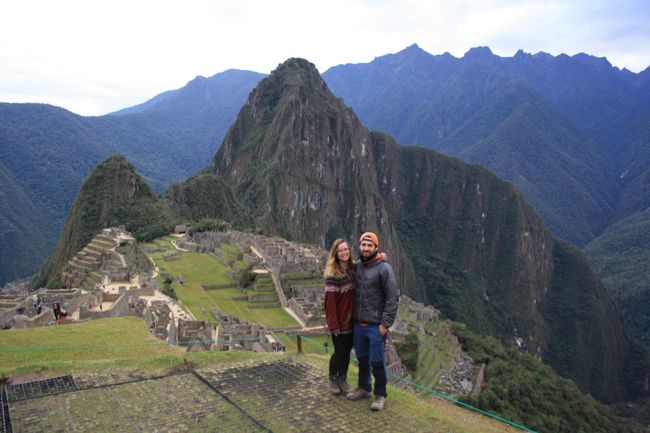
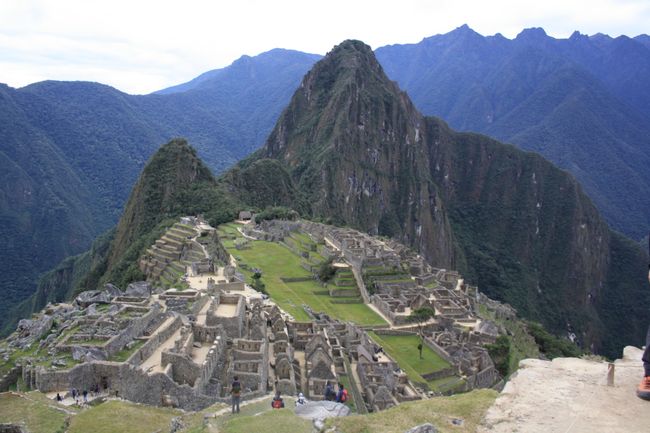
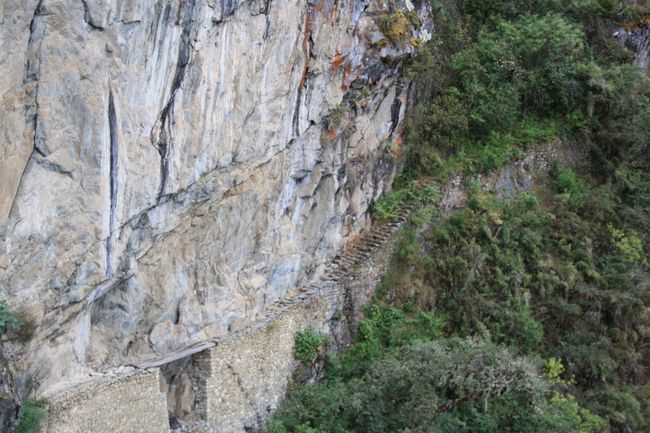
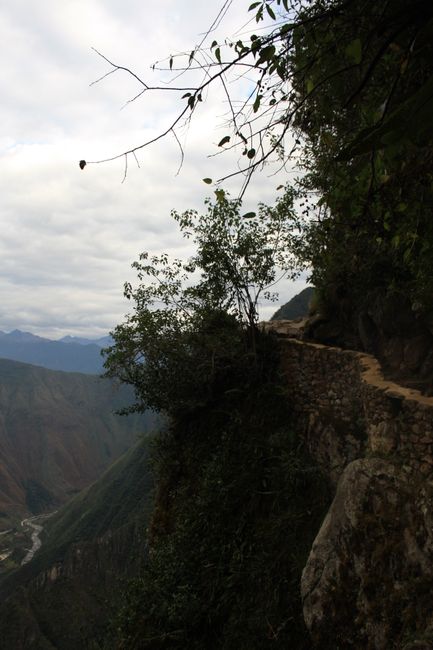
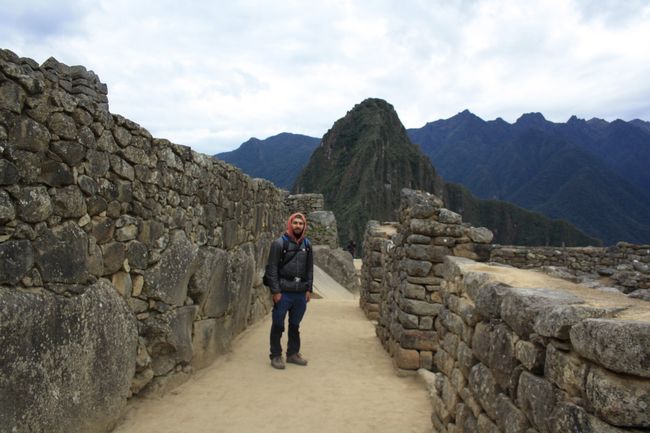
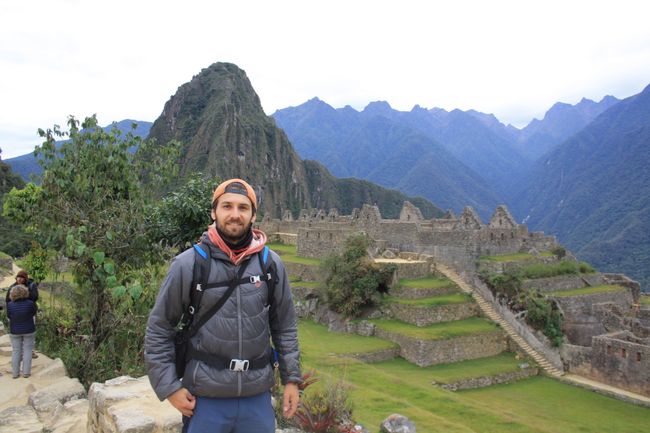
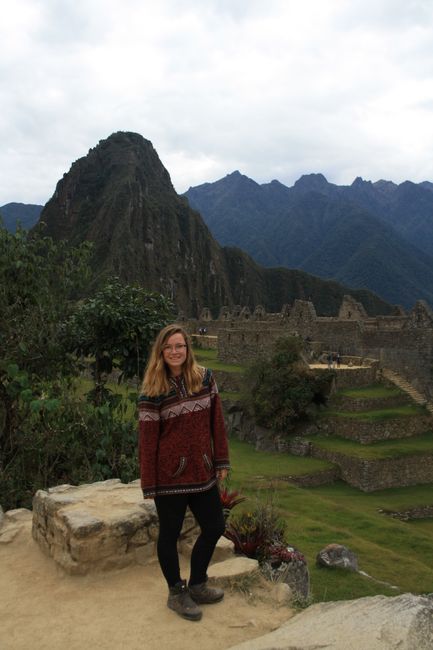
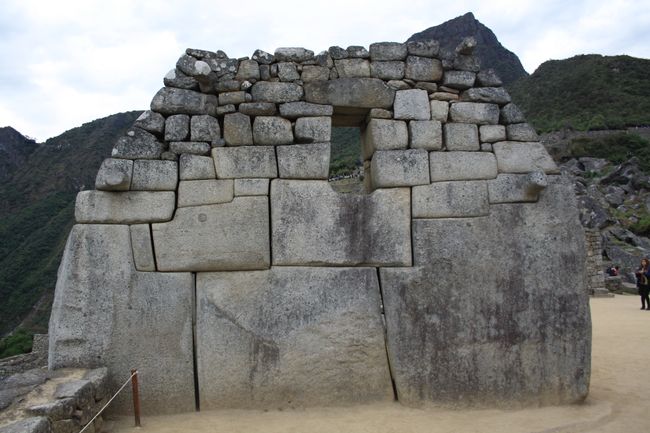
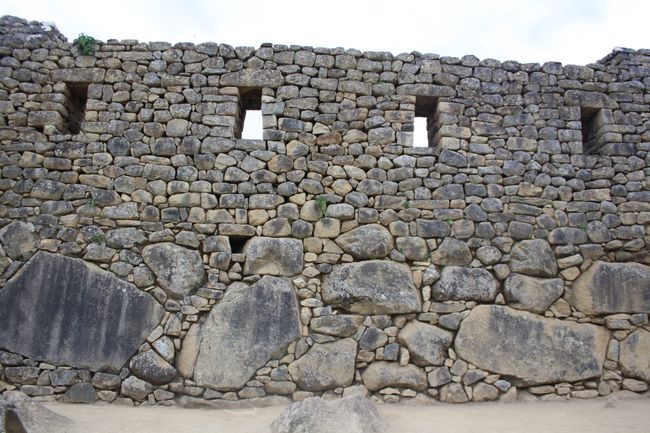
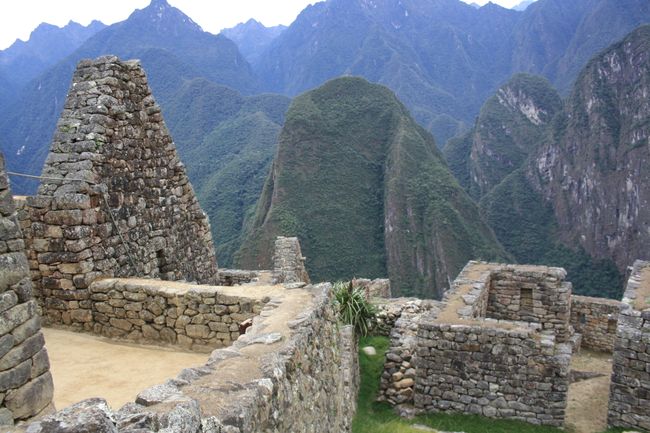
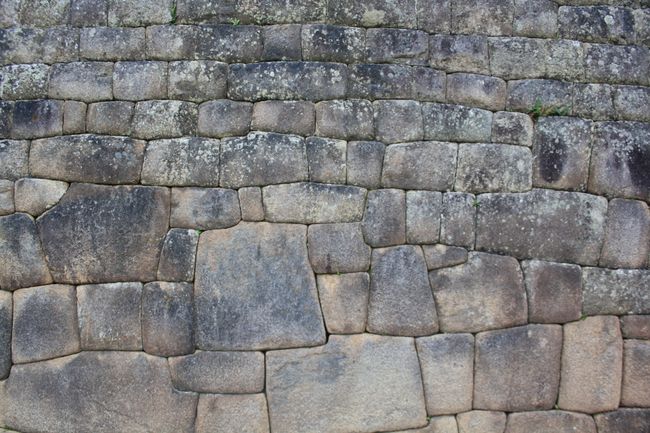
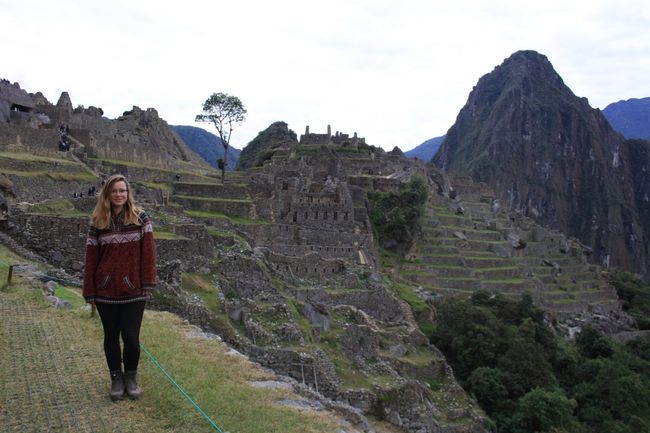

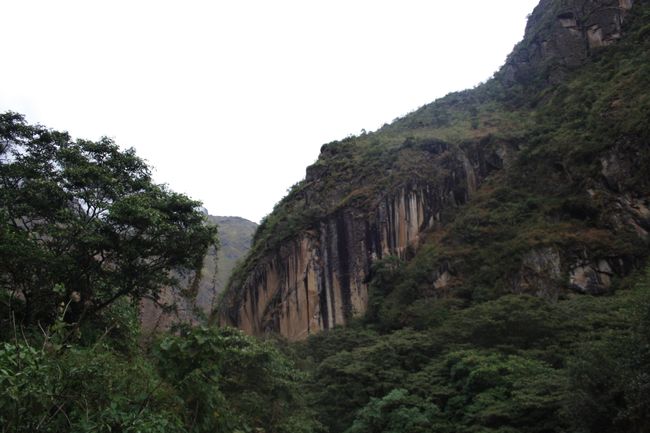

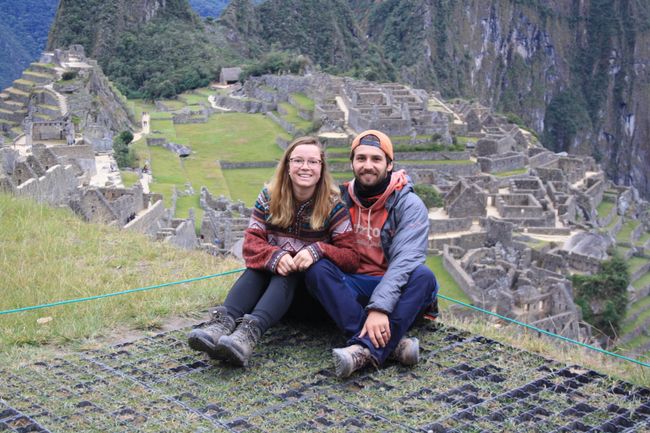
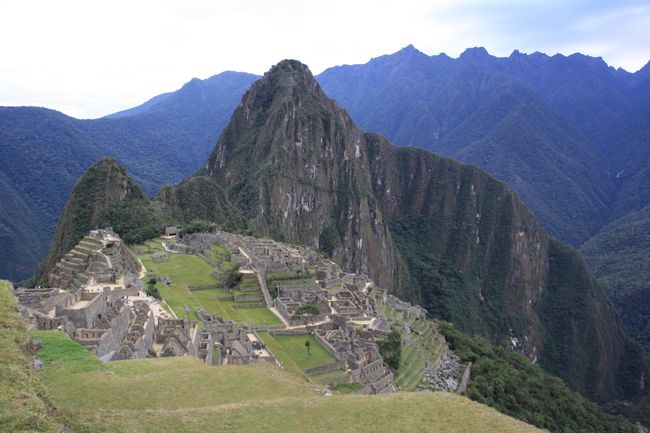
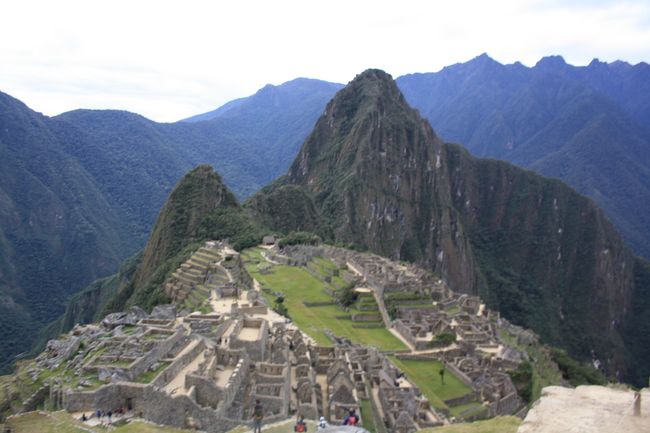
Bülletenə abunə olun
THE highlight of any visit to Peru. It won't surprise you: the Inca ruins are of course highly commercialized. The only 'official' way from Cusco to Machu Picchu is by train. If you book last minute, you'll pay around 100€ for the 3-hour train ride. Plus accommodation and the ticket for 40€. So it's quite expensive. But there's still a cheaper way to get to Machu Picchu. By bus, it takes 6 hours from Cusco to Hydroelectric (around 15€ round trip) and then you hike 8 kilometers along the train tracks to the Machu Picchu village. During the bus ride, you'll cross a beautiful 5,000-meter pass from the desert side to the rainforest side. It's incredible how the Andes influence the weather here.
The hike itself is actually really beautiful. The Urubamba River has turquoise water and deserves some pictures. Plus, you hike around the Machu Picchu mountain so you can already catch a glimpse of the ruins from below.
The Machu Picchu village (or Aguas Calientes) only really exists because of the increased tourism to Machu Picchu. It's practically all restaurants and hotels. And of course, everything is twice as expensive there. People sure know how to make money!
We got the first tickets for 6:00 the next morning - we wanted to be among the first people there. 500 tickets are sold every hour, which means there are already 2,000 people up there by 9 o'clock. So the alarm clock rang at 4 o'clock because at 5 o'clock the footpath to Machu Picchu opens.
We two thrifty people also skipped taking the bus up (30€ per person) and had a lot of fun climbing stairs for 1.5 hours. And then finally, the last ticket control and there it was: Machu Picchu. The weather was quite good, well at least the clouds were over the mountains. It's really incredible what the Incas achieved there. Thanks to the late discovery by the Spaniards and the good construction by the Incas, Machu Picchu was still very well preserved. The terraced construction created a solid foundation on which Machu Picchu was built, making it earthquake-proof. 70-75% of the ruins are still original, the rest has been restored using original materials. The stones that make up the buildings are perfectly crafted and fitted together, not even a knife fits in between.
The terraces were not only meant for stability. Through them, the Incas straightened the mountain slopes to be able to cultivate plants and crops on them.
Cusco may have been the capital of the Incas, but Machu Picchu was the trading center. 8 Inca trails leading to Machu Picchu have been discovered. Relics from the rainforest and seashells have been found.
In the center of the ruins, there was a kind of research center for plants. Behind the city, on the finger-shaped mountain Huayanapiccu, there is a star observatory.
After our visit, we went back down to sleep. And the next day, we followed the train tracks and then took the bus back to chilly Cusco.
Bülletenə abunə olun
Cavab verin (1)
Ninjo
Habt ihr sehr gut gemacht! 👍Egon braucht ja das gesparte Geld😄🖖
Səyahət hesabatları Peru
